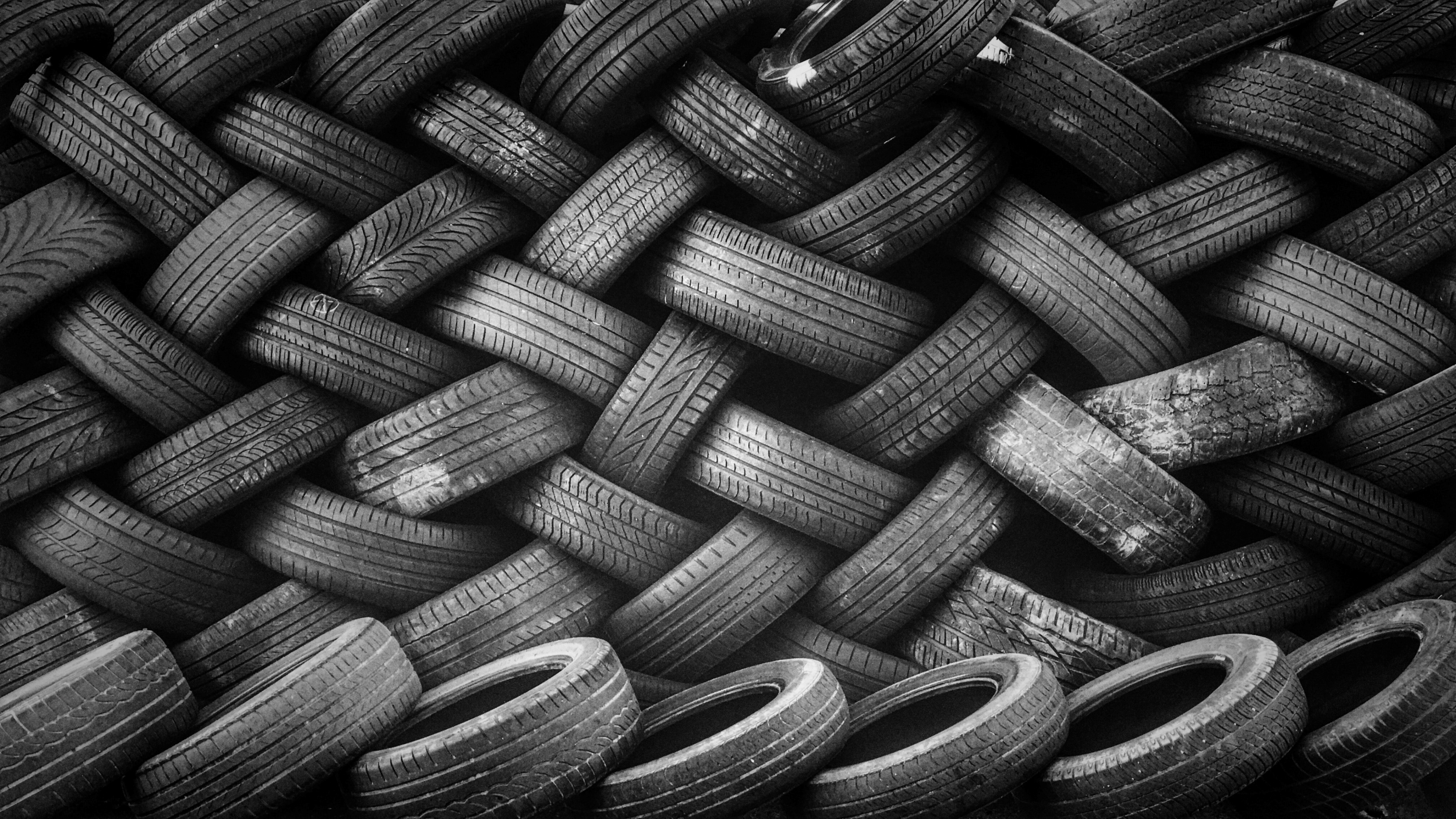The City of Saskatoon and University of Saskatchewan (USask) recently collaborated on a study to see if chemicals that leach from rubber tires are entering the stormwater system. Water that enters storm drains, through snowmelt or rain runoff, flows into the South Saskatchewan River.
“Chemicals from rubber tire leachate have been associated with mortalities in Coho salmon in Washington State,” said Markus Brinkmann, assistant professor in the School of Environment and Sustainability at USask. “However, we currently dsn’t know the effects on wildlife in our region. The results, in what we believe is the first study of its kind in a Canadian municipality, show high readings of the tire rubber related compounds in Saskatoon’s runoff.”
The findings are a result of samples taken from snow facilities, snowmelt puddles, and about a dozen outfall sites along the South Saskatchewan River within the city in 2019 and 2020. The study indicates the high concentrations may relate to occasional but intense rainstorms in the summer and snowmelt in the winter. Both types of events can lead to significant accumulation followed by sudden flushing of tire rubber chemicals from roads into the stormwater system.
Russ Munro, director of Saskatoon Water, says further research is required to better understand the factors driving the findings.
“This is a great example of why continued research and partnerships with institutions like the University of Saskatchewan are so important,” said Munro. “Saskatoon Water operates within the guidelines set out by the Saskatchewan Water Security Agency and we’ll work with them to determine what next steps should be.”
Munro points to positive City initiatives already in place that are designed to protect the environment from contents within stormwater. Initiatives include the annual street sweeping program, numerous storm ponds that help reduce contaminants and manage water runoff, and the new Snow Management Facility.
Melt water from the Snow Management Facility runs through an oil and grit separator into a meltwater/stormwater pond. The meltwater then enters a series of specially designed barriers before being discharged in a controlled fashion into the stormwater system. The City also participates in the Yellow Fish Road Program to educate residents about the impact communities can have on water runoff.
The study has been published in the peer-reviewed Environmental Science & Technology Letters.









